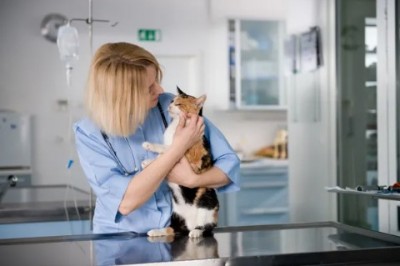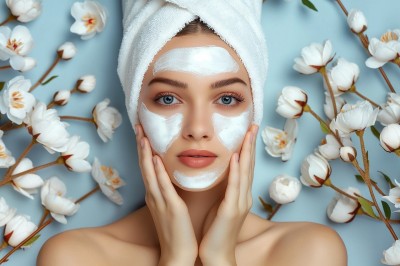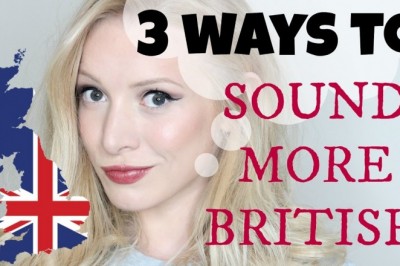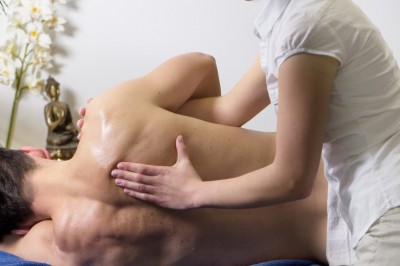Running Shoes - Selecting the Perfect Pair to Fit You
First off, you have a much greater chance of finding a good quality, well-fitting pair of running shoes if you visit a specialist shoe shop, instead of a large, general sports store which is trying to sell every possible piece of sporting equipment imaginable. The people who work is most specialist running stores are often run regularly themselves and are therefore usually better placed to give good, impartial advice.
Some of the most successful and useful running stores can also act as the hub at the centre of the running community in your local area and can be a great place to find about upcoming events, training tips and also to meet new running buddies. Normally, a decent running store will let you test various shoes for a short run so that you can ensure that they are a good fit and are comfortable. Depending on their location stores will sometimes have one or more treadmills installed specially to allow you to test different pairs of shoes out before you buy. This is invaluable and you should never buy shoes specifically for running in without trying them out first.
When you visit a specialist running store their staff will normally ask you some questions to find out about your running habits and help them direct to suitable products. Questions they might ask include:
Approximately how far and how often do you run per week?
How experienced, if at all, are you when it comes to running?
Do you normally run on-road or off-road?
What are you looking to achieve with your running? Do you run simply to keep fit or are you a competitor?
By answering any questions like this that are asked of you the staff in the store will be able to pick out examples of the best shoes to meet your needs
Shopping Tips
One good tip that not many people know is that you should always try to go shopping for running shoes in the afternoon. This isn't anything to do with trying to avoid queues or getting a discount, but is actually because people's feet normally enlarge slightly during each day due to swelling! This is an important point because of it imperative not to purchase shoes that will be too small and constrict your feet when running and your feet will often swell even more during intense physical activity. You should also make sure that when trying on shoes you are wearing socks of the same thickness and those which you wear for running.
There are a couple of things which you can do to actually help the shoe selection process. One the way is to do a test to track your footprints. This is used to find out whether your feet are opposed, flat or high arched etc. and can help the store employees to select the most suitable shoes. In some newer stores, this test is conducted using a special machine operated by the staffs which are able to determine how your feet land on the ground with each stride. Alternatively, a simpler test can be carried out by wetting the bottoms of your feet and stepping on a flat surface.
If the wet print left by your foot appears almost cut in half vertically, so that almost no print from the arch of your foot is visible, then you have a high arch. Conversely, if you leave a complete, flat print then you have a flat foot. If your print is somewhere between then you have a normal foot'.
Finding out about the kind of feet that you have can help the store staff direct you towards shoes which have been specially designed to be suitable for the geometry of your feet and which should help to address any potential problems caused by your foot type.
Another thing which you can do is to look at the wear pattern on the soles of your old shoes. This can sometimes give an indication of which type of running shoe will fit you best, but it should be noted that examining show wear patterns isn't an exact science. Nevertheless, the more knowledge you and the store staff have about your foot type the better.
One term that is often heard being spoken in a running story "foot strike". This refers to whether your heel or forefoot strikes the ground first with each step. The most common type of foot strike amongst runners is the heel strike; however, some runners are forefoot strikers who tend to land on the balls of their feet.
The wear patterns on your old shoes can tell you quite a lot about your foot strike. If you are a forefoot striker your shoes will typically have smooth areas around the ball area and you are likely to need a shoe with ample forefoot cushioning. A heavy heel striker, on the other hand, would require extra be cushioning in the heel.
Another term you are likely to come across when searching for running shoes is "pronation"
Running isn't just a case of putting one foot in front of the other; it is actually a rather complex biomechanical process:
The majority of runners (except forefoot strikers) strike the ground on the outside of the heel.
Then, the remainder of the foot comes down and rolls inward as it meets the surface. (This down and inward roll rotation are known as pronation.)
Finally, the heel lifts off the ground as the runner propels himself off the ball of the foot and their toes, exerting the necessary force to move forward. The repetition of this process is running.
Pronation is not necessarily a bad thing because it helps your feet and legs absorb shock, but excessive pronation (overpronation) can increase the risk of injury. The solution is to search out shoes with good motion control properties. Runners who have flat feet (and also people with bowed legs) tend to be more likely to suffer from overpronation.
If you overpronate then you need a straight shoe (rather than one that curves at the tip) and with a firm midsole for motion-control.
A far less common problem is under pronation. Runners who under pronate are more likely to have inflexible feet (and often high arch feet), which don't make much of a rolling-in motion when they land. This can result in little shock being absorbed naturally meaning that shoes with more cushioning are normally required.
Using the information outline above you are now hopefully ready to visit your local store like Legearand pick out, with the help of the store staff, a pair of shoes perfectly suited to you. Good luck!



























